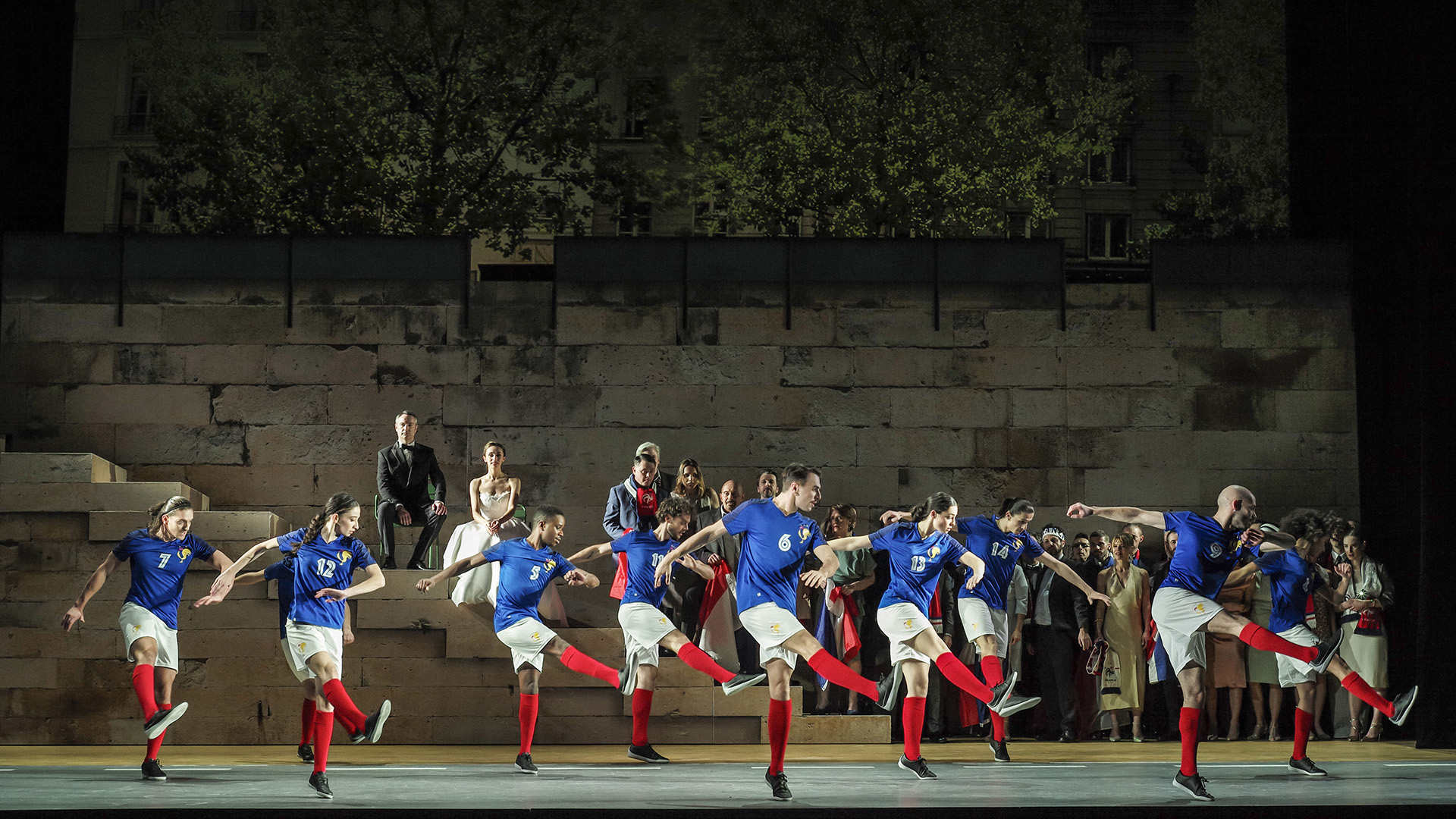
Mozart’s Le nozze di Figaro is often billed as a beginner’s opera because of its zany plot, famous overture, and slapstick comedy. The Lyric Opera of Chicago’s recent run of Figaro lived up to its celebrated status while also platforming one of the strongest ensembles the company has seen in the last few years. Much of this is thanks to a number of Lyric debuts including the conductor Erina Yashima, Peter Kellner (Figaro), Federica Lombardi (Countess Almaviva), and Gordon Bintner (Count Almaviva).
Barbara Gaines’s production itself is, in one word, cute. The Count and Countess’s staged shenanigans before Act II were admittedly gimmicky, but welcome for this commedia per musica. Lombardi’s indignant pursuit of the Count—culminating in an amusing moment where she tore down the opening curtain—played off perfectly against Yashima’s balanced and nimble conducting of the overture. In an opera where tempi can truly make or break the most sentimental moments, especially the Countess’s “Porgi amor” and “Dove sono,” Yashima held control over the recitatives with the gentle pacing needed to balance out the galloping comic bits.
For an audience that has seemingly never found a tragic moment they couldn’t laugh at (here I’m thinking of the giggles I’ve witnessed during the Lyric’s recent Aida and Rigoletto), it was refreshing to finally have an opera worthy of their chuckles. Most of the production complimented the many antics spearheaded by the servants—most memorably the absurd armoire out of which Cherubino bursts forth during Act II while hiding from the Count and the many statues in the lovely nighttime garden scene—but it somewhat failed the duet “Sull’aria.” By merely placing Susanna (Ying Fang) and the Countess on the floor, they eschewed the conventional desk and chair for the letter writing scene, but they also left nothing in its place. Maybe they were trying to fashion the two women as equals? In any case, it came across as an afterthought. But truthfully, it’s pretty difficult to bungle Le nozze di Figaro, and the relatively traditional production was a neon update to the opera’s usual eighteenth-century trappings.
From the moment Fang and Kellner opened with Susannaa and Figaro’s duet “Cinque, dieci, venti” it was clear that we were witnessing not only a tight cast, but also a glowing group of singers. Kellner with his strapping and agile bass-baritone voice eased his way through “Se vuol ballare” and the many ensembles with enough vigor to still show up strong for Figaro’s Act IV “Aprite un po’ quegl’occhi.”
It’s hard to imagine a better comic accompaniment to Fang’s plucky Susanna—not to mention the soprano’s own expert handling of the marathonic role. Her middle register and messa da voce are to be envied by every soprano (including this one), but her pianissimo in “Deh vieni non tardar” demonstrated that she’s in a league of her own when it comes to Susanna. Lombardi, angry enough to seek revenge against the Count but at once playful with her servants, was a sublime Countess with a stunning legato and limitless vibrato that made for a heartbreaking “Dove sono.” Together, Yang and Lombardi were ideally cast.
Lest I give the wrong impression, this is not to say that every aspect was shining. The mezzo-soprano Sarah Mesko(Marcellina) never quite managed to meld her voice with the rest of the principals. It always sounded somewhat out of place and got lost in the Act II finale. But after all, Marcellina is a bit of an odd duck in the opera with her unwelcome pursuit of Figaro, and the vocal incongruity added to her quirky personality. While Gemma Nha brought a spunky energy to Barbarina and filled “L’ho perduta” with the highest level of musicality one could possibly bring to such a dinky piece, it’s difficult not to feel as if the cavatina’s only purpose today is to offer a moment for young artists on stage.
For an opera that quite frankly has an overabundance of notable moments and characters, Nicholas Newton deserves a mention for his witty portrayal of Dr. Bartolo and delightful patter during “La vendetta.” Cherubino, played by Kayleigh Decker, was as charming as always with Decker delivering a warm golden tone for “Voi che sapete.”
Of course, no Figaro is without his Count, and we’re fortunate Gordon Bintner was in Chicago to make his debut with the infamous libertine. Between his powerful entrance in Susanna’s chambers during Act I, “Hai già vinta…Vedrò mentre io sospiro,” and pitiful pleas in the finale “Contessa perdono,” Bintner created a dreamy version of the Count who was more enchanting than predatory. We not only heard a beautifully placed and rich bass-baritone voice, but also a wonderful actor with a towering presence.
I only hope that the Lyric invites these singers back for future productions so we can continue to hear this level of musicianship. For now, this Figaro has revived my appetite for the 2025 Lyric season.
Photos: Liz Lauren
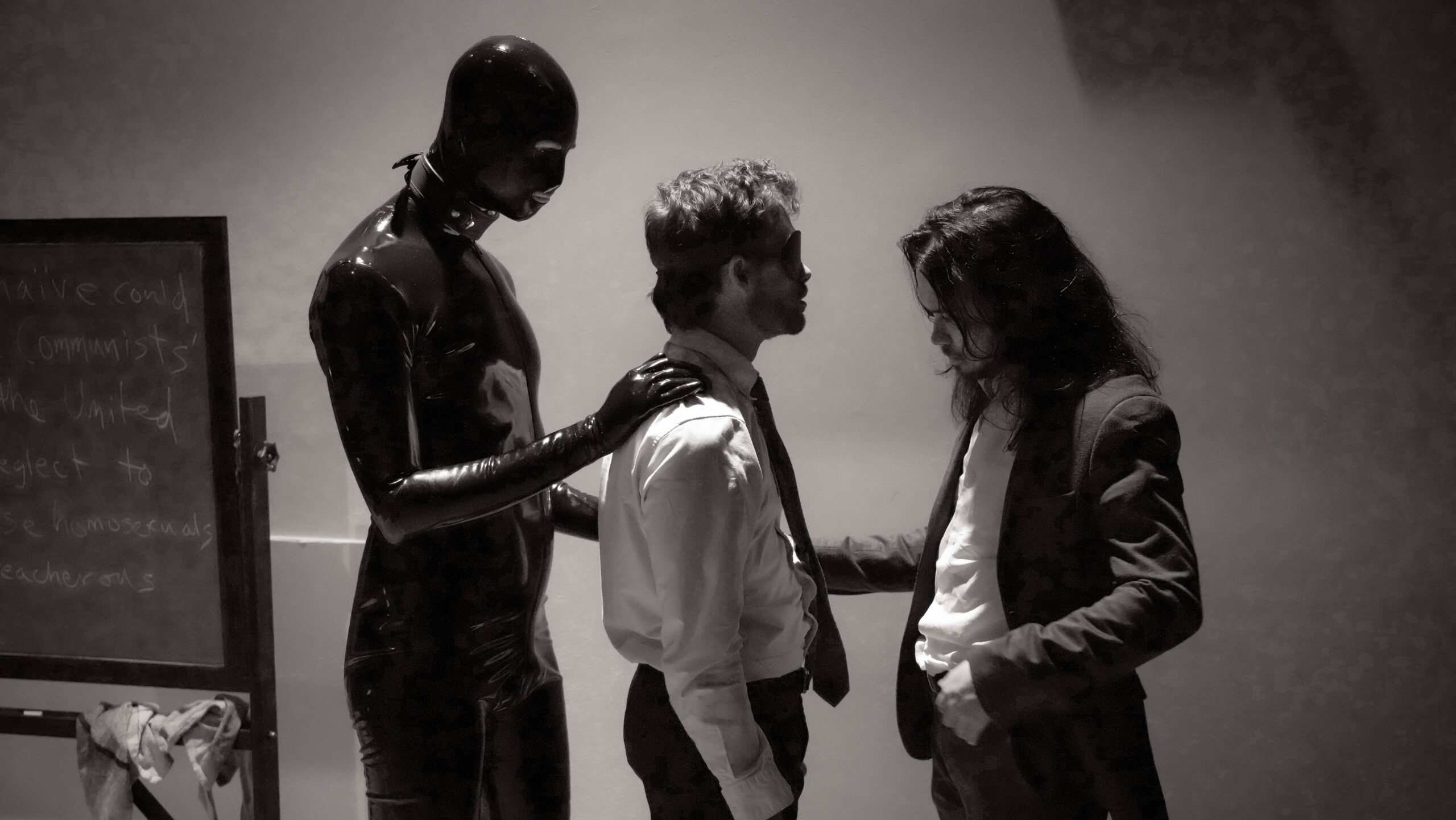
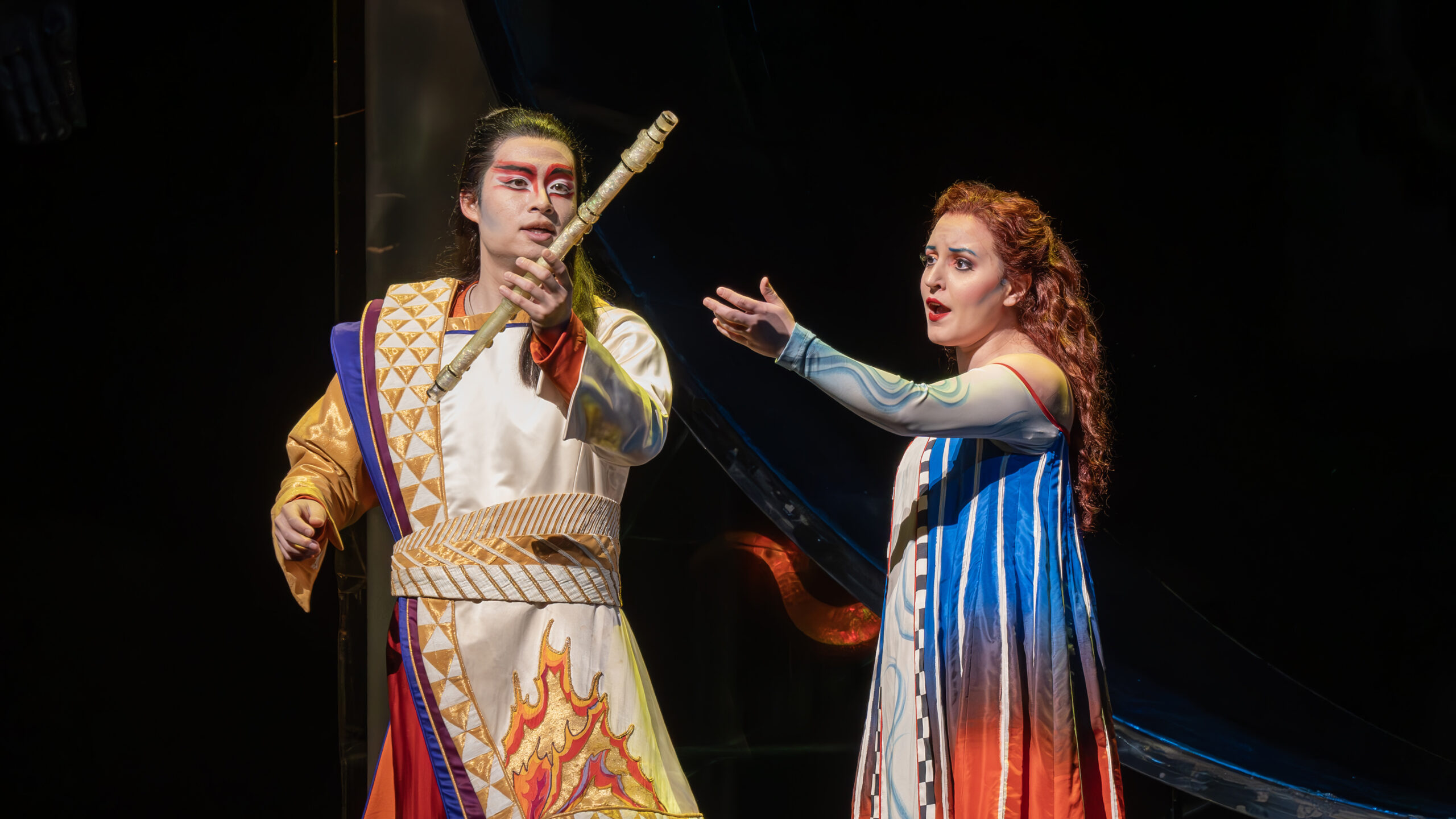
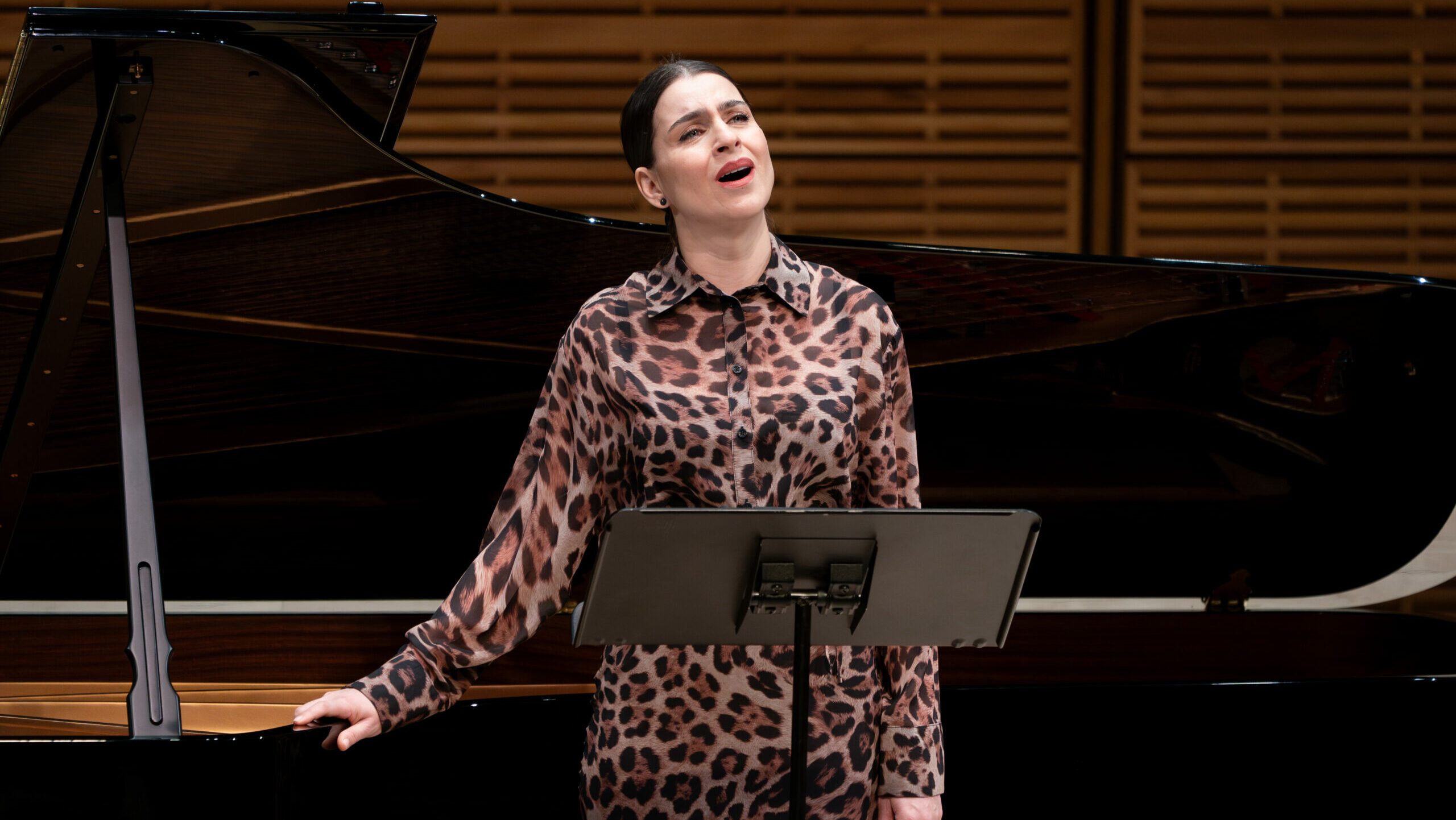











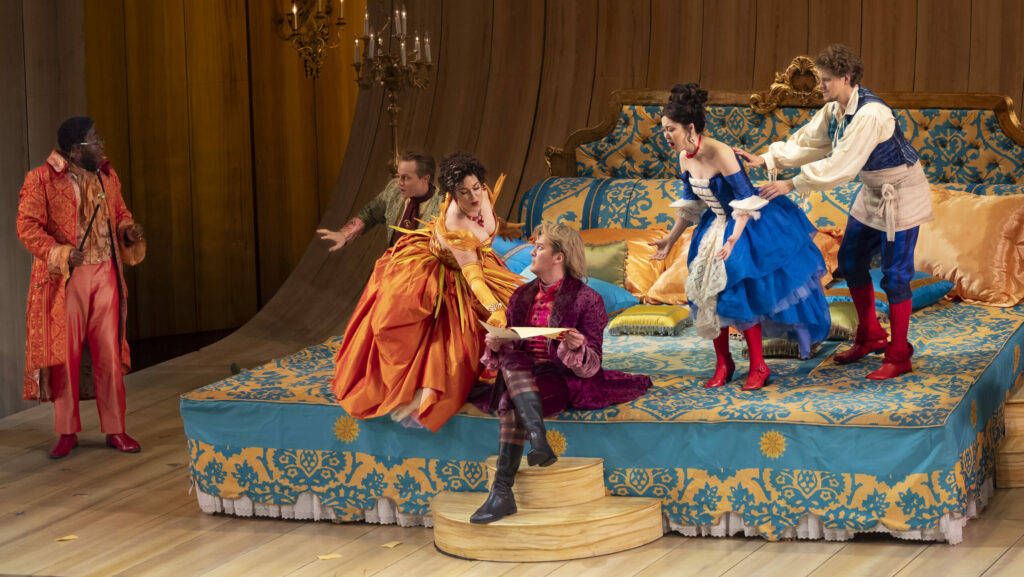
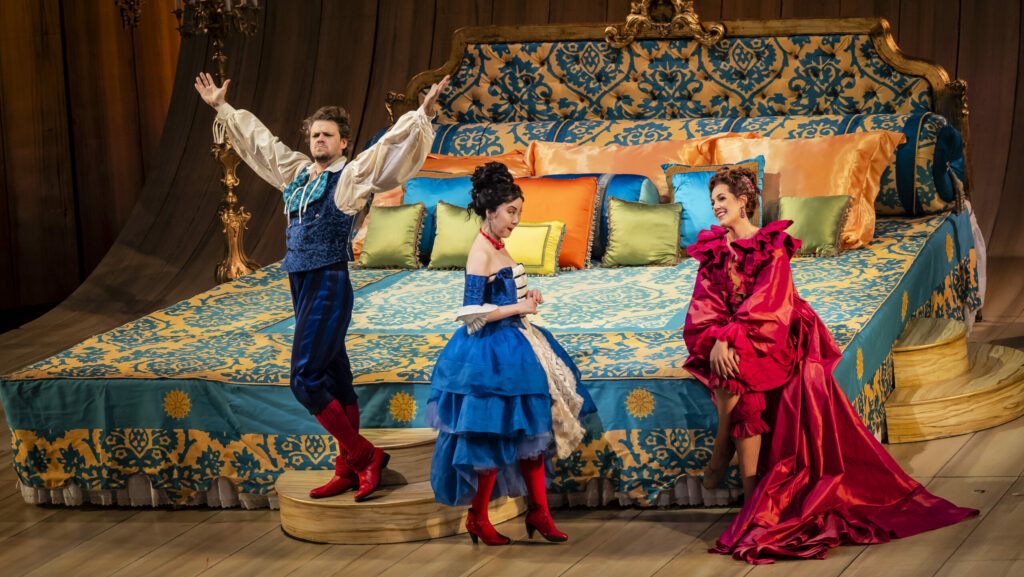
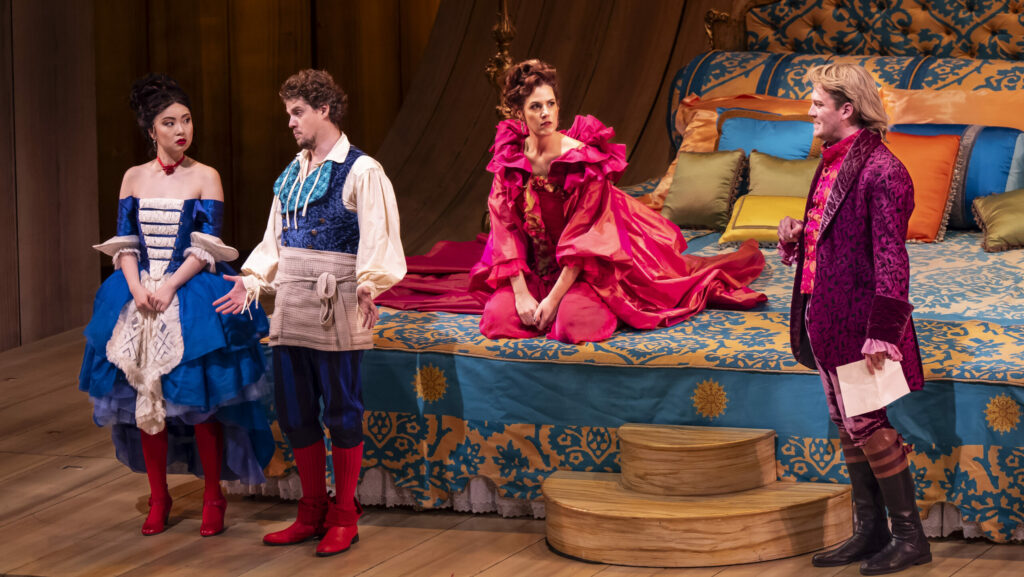

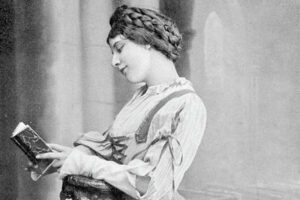
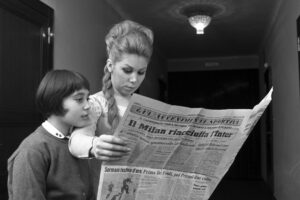
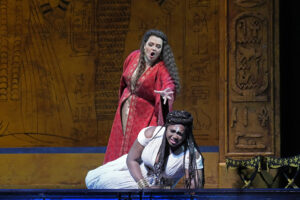
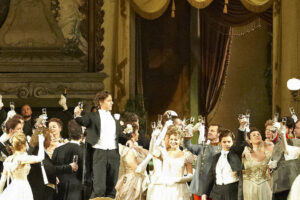

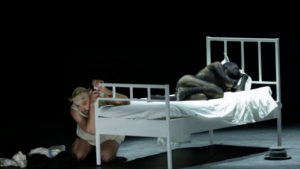
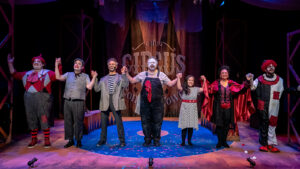



Comments